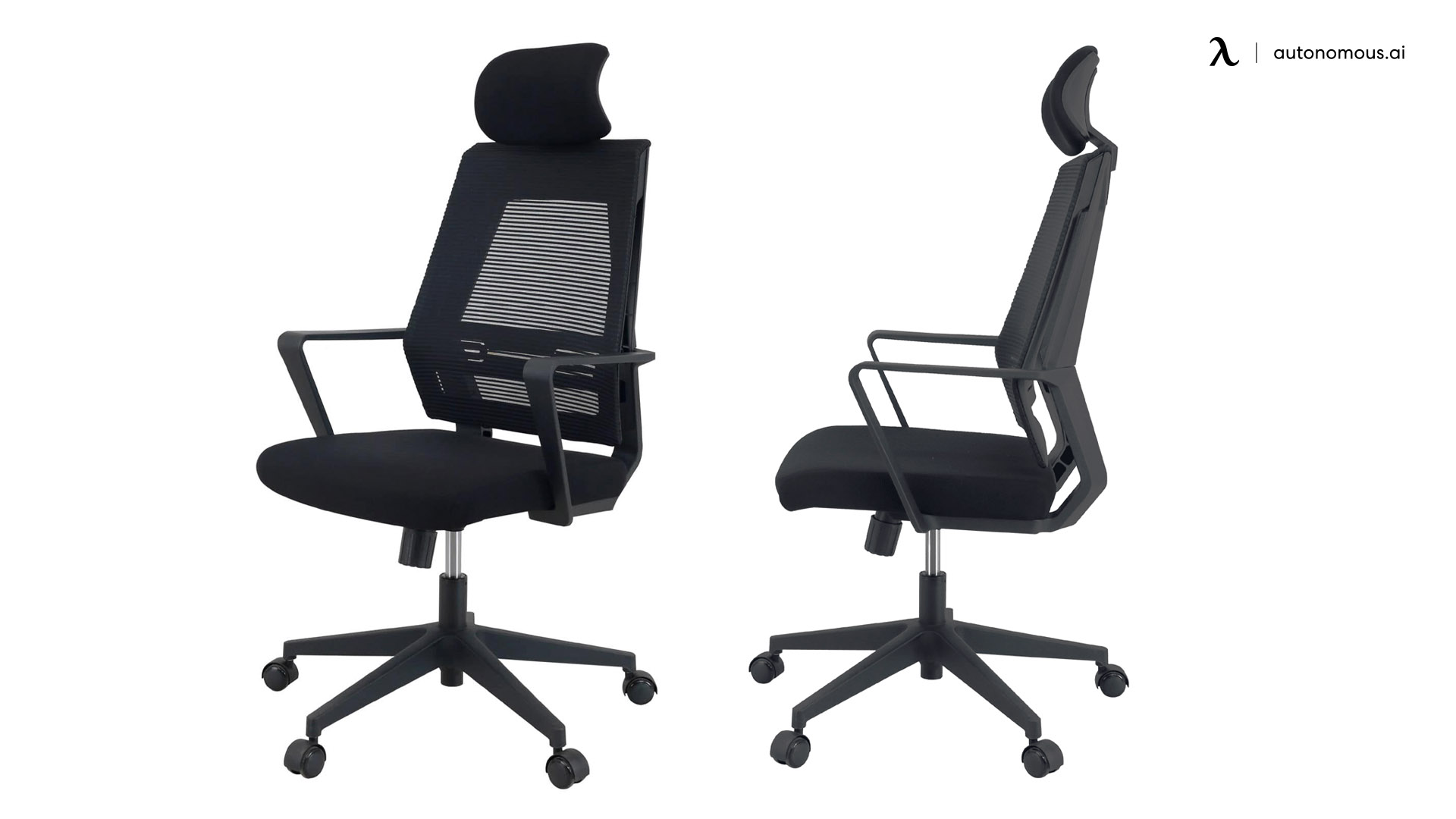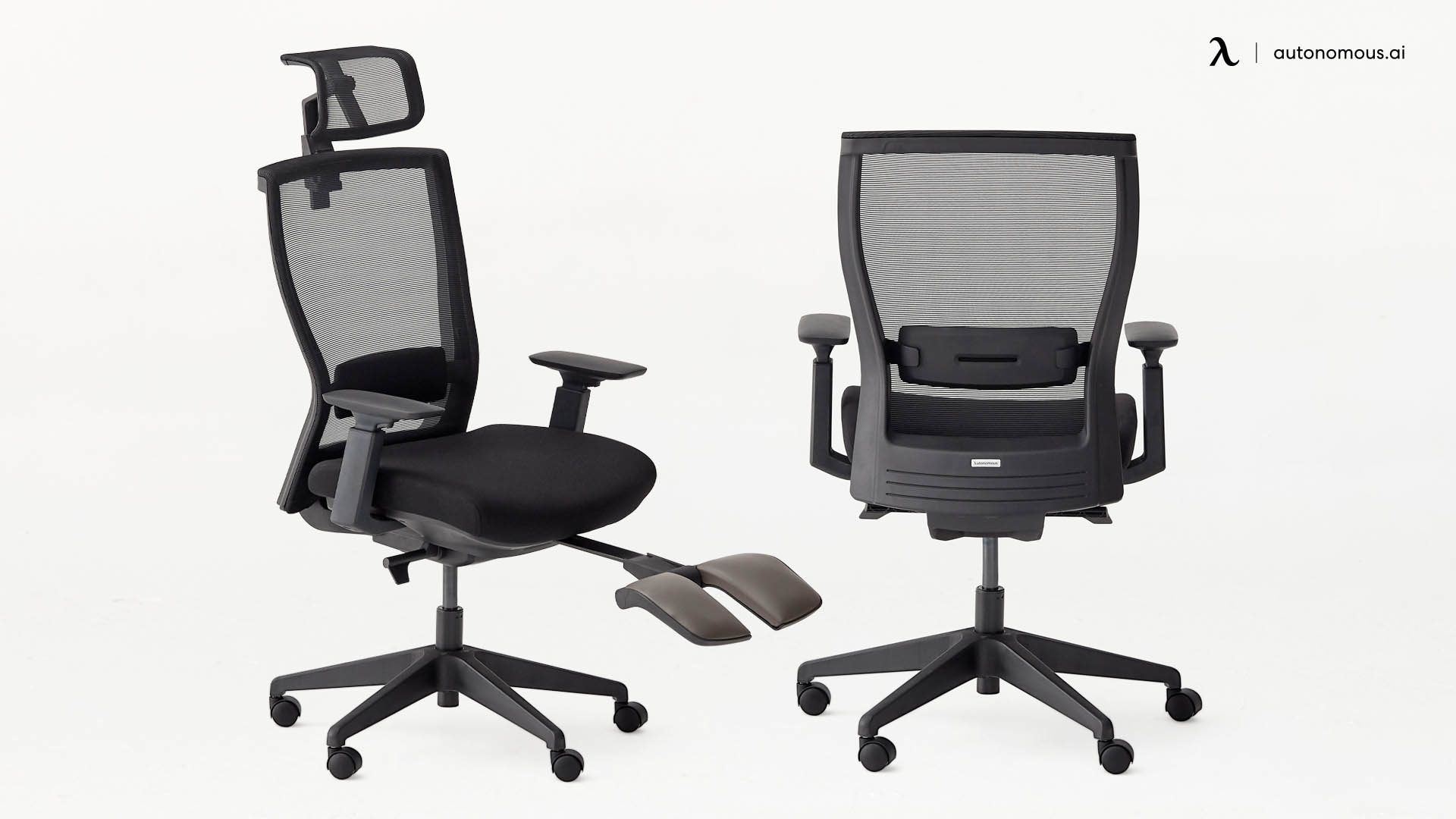Types of Chairs for Hip Pain: Best Desk Chair For Hip Pain

Finding the right chair can significantly impact your comfort and well-being, especially if you experience hip pain. The chair you choose should provide adequate support, promote proper posture, and minimize strain on your hips. Let’s explore various chair types and their suitability for those with hip pain.
Comparison of Chair Types for Hip Pain
Understanding the differences between various chair types is crucial for making an informed decision. The following table summarizes the key features, advantages, and disadvantages of ergonomic chairs, kneeling chairs, and saddle chairs in relation to hip pain management.
| Chair Type | Features | Pros (Hip Pain Relief) | Cons |
|---|---|---|---|
| Ergonomic Chair | Adjustable lumbar support, adjustable armrests, breathable fabric, headrest (sometimes), wide seat | Provides excellent lumbar support, promotes good posture, reduces pressure on the hips, customizable to individual needs. | Can be expensive, may require some assembly, might not suit all body types. |
| Kneeling Chair | Tilted seat, knee support pads, encourages an upright posture | Improves posture, reduces pressure on the lower back and hips, strengthens core muscles. | Can be uncomfortable for prolonged use, may not be suitable for individuals with knee problems, requires adjustment to get used to. |
| Saddle Chair | Saddle-shaped seat, encourages an open hip angle, promotes better posture | Promotes good posture, reduces pressure on the tailbone and hips, improves circulation. | Can be uncomfortable for prolonged use, may require a period of adjustment, may not be suitable for all body types. |
Potential Users for Each Chair Type, Best desk chair for hip pain
The suitability of a chair type depends on individual needs and preferences. Consider these potential user profiles:
Best desk chair for hip pain – Understanding the needs of different users is key to recommending the appropriate chair.
- Ergonomic Chair: Individuals with moderate to severe hip pain, those who spend long hours sitting, and people who prioritize comfort and adjustability. This is a good general option for many.
- Kneeling Chair: Individuals with mild to moderate hip pain who are willing to experiment with different seating positions, those who want to improve their posture and core strength. This option might be better suited for shorter periods of sitting.
- Saddle Chair: Individuals with mild hip pain who prefer an active sitting position, those who work in dynamic environments, and people who want to improve their posture and circulation. This might be a better option for individuals who can easily adjust their posture and aren’t looking for prolonged, static sitting.
Guide for Selecting the Appropriate Chair
Choosing the right chair involves considering several factors:
A personalized approach is essential for optimal comfort and pain management.
- Body Type: Consider your height, weight, and body proportions. A chair that fits your body properly will provide better support and comfort.
- Work Style: If you spend long hours sitting, an ergonomic chair with excellent support is recommended. If your work involves frequent movement, a saddle chair might be a better option.
- Severity of Hip Pain: For severe hip pain, an ergonomic chair with adjustable features is generally recommended. For milder pain, a kneeling or saddle chair might be suitable, depending on your preferences and tolerance.
- Trial Period: Whenever possible, try out different chair types before making a purchase to ensure a comfortable fit and experience.
Additional Considerations and Recommendations

Finding the perfect chair is just the first step towards a healthier, pain-free sitting experience. Understanding how to optimize your posture and maintain your chair properly will significantly impact its lifespan and your comfort. Remember, even the best chair won’t help if your posture is poor or if the chair itself isn’t well-maintained.
Let’s delve into practical strategies to make the most of your chosen chair and ensure it continues to provide the support you need.
Posture Optimization and Pain Reduction
Correct posture is paramount in preventing and alleviating hip pain. These tips will guide you toward healthier sitting habits, regardless of your chair type.
- Maintain a Neutral Spine: Imagine a straight line from your ears, through your shoulders, and down to your hips. Avoid slouching or arching your back excessively.
- Adjust Your Chair Height: Your feet should be flat on the floor, with your knees bent at a 90-degree angle. Adjust the chair’s height accordingly. If needed, use a footrest.
- Support Your Lower Back: Use a lumbar support pillow or cushion if your chair lacks built-in lumbar support. This helps maintain the natural curve of your spine.
- Take Regular Breaks: Get up and move around every 30-60 minutes. Even a short walk can significantly improve circulation and reduce stiffness.
- Practice Proper Sitting Techniques: Avoid crossing your legs, as this can restrict blood flow and exacerbate hip pain. Keep your hips and shoulders aligned.
- Consider Ergonomic Accessories: Explore options like ergonomic keyboards and mice to promote better posture and reduce strain on your body.
Chair Maintenance and Care
Regular maintenance extends the life of your chair and ensures it continues to provide optimal support. Neglecting maintenance can lead to premature wear and tear, potentially worsening your hip pain.
Regularly inspect your chair for loose screws, damaged fabric, or worn-out components. Clean the chair regularly using appropriate cleaning solutions. For leather chairs, use a leather conditioner to maintain its suppleness. For fabric chairs, vacuum regularly and spot clean as needed. Lubricate moving parts, such as tilt mechanisms, as recommended by the manufacturer.
